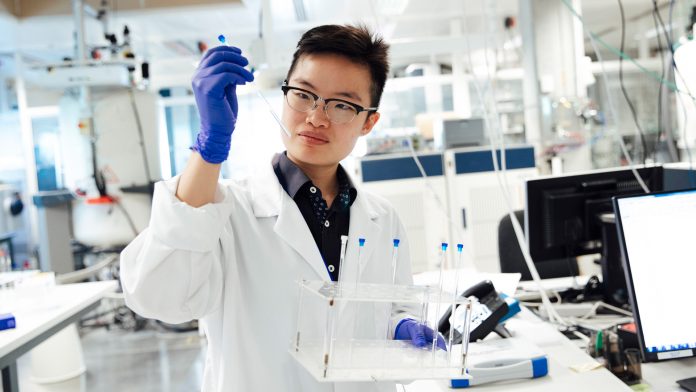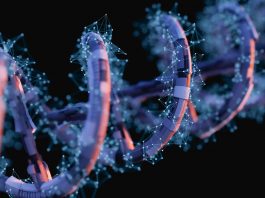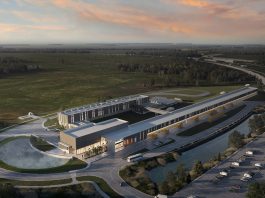Researchers from the University of Vienna have revolutionised the nuclear magnetic resonance method to monitor fast and complicated biomolecular events, such as protein folding.
A scientific research team, including Dennis Kurzbach from the University of Vienna’s Faculty of Chemistry, has recently published their revolutionised method of nuclear magnetic resonance in the journal Nature Protocols.
What is protein folding?
Protein folding has been considered an obscure area of modern research for decades. During this process, amino acid chains adopt a 3D structure and functionality within milliseconds. Due to the swiftness of the process, characterising protein folding events could not be completed by utilising nuclear magnetic resonance spectroscopy, which is the standard method for studying molecular structures.
Thus, to enhance the signals of the proteins, nucleic acids, and other biomolecules, scientists have employed hyperpolarised water – which makes monitoring processes, such as protein folding, possible.
How does researchers’ new nuclear magnetic resonance method work?
Nuclear magnetic resonance means that scientists are able to measure the magnetic properties of atoms and therefore analyse the atomic structure of molecules.
Dennis Kurzbach and his research team have based their study on nuclear magnetic resonance (NMR), which enables them to observe biological processes in real-time. By utilising hyperpolarised water, scientists significantly developed the NMR signals of the examined samples and were able to boost the method’s sensitivity.
Hyperpolarised water: A booster for the NMR signals
By utilising hyperpolarisation methods – or dissolution DNP (D-DNP) – a signal enhancement of over 10,000-fold is possible. “The hyperpolarised water acts as a booster for the NMR signals of a protein during the measurement. The hydrogen nuclei of the hyperpolarised water are exchanged with those of the proteins, thus transferring the signal strength to the latter,” explained Dennis Kurzbach from the Institute of Biological Chemistry and Deputy Head of the NMR Centre of the Faculty of Chemistry.
Therefore, this method means that scientists are able to record an NMR spectrum every 100 milliseconds, which allows them to track the 3D coordinates of each individual amino acid and how they change over time. “This allows us to monitor processes that occur in milliseconds and distinguish individual atoms,” added Chemist, Dennis Kurzbach.
What does this new method mean for science?
Researchers have documented their new technique in detail, from hyperpolarisation to the transfer of the hyperpolarised water to the NMR spectrometer, to the mixing of the hyperpolarised water with the sample solution, and the NMR measurement.
Additionally, six examples for method application were presented, including the observation of protein folding as well as the interactions of RNA (nucleic acids) and RNA-binding proteins as the basis for gene expressions in the cell. According to scientists, this new method can be utilised for specific studies of RNA, DNA, and polypeptides, especially when signal enhancement reaches the ‘magic’ number of 1,000-fold.
Thus, an NMR spectrometer that has been equipped with a hyperpolarisation prototype is a prerequisite for NMR and is boosted by hyperpolarised water. However, this infrastructure is currently not widely employed. The Faculty of Chemistry at the University of Vienna has been equipped with a DDNP-NMR device since 2020, which was constructed by Dennis Kurzbach and based on an ERC Starting Grant.









